13-Day Photography Workshop in Bolivia





Description
Summary
Description
This tour is now Sold Out. New dates will be announced in our Newsletter.
Join this brilliant 13-day tour of Bolivia, a beautiful and dynamic country with so much to offer, from its diverse nature to fascinating culture.
This is an excellent opportunity for anyone looking to develop their photo skills in one of the most incredible country's on earth; that goes for aspiring and professional photographers alike!
The vivid, vibrant and varied landscapes of Bolivia create dramatic and sensational photo opportunities. Different weather conditions and wild cloud formations will complement the hundreds of photographs you will take throughout this trip.
The multi-ethnic cultural diversity amongst Bolivia's 11 million inhabitants is captivating and impressive. The Inca legacy lives strong in the souls of hard working and charming Bolivians across the country.
These beautiful people carry the greatest respect for nature and proudly care for their developing country, despite poverty and hardship. Thankfully, Bolivia’s unique wildlife will further colour our experiences as never before. You will be glad to capture magical shots of it all.
Book this tour now, and you too can improve as a photographer in Bolivia, one of the most sensational nations on earth! Check availability by choosing a date.
Included
Map
Attractions
Activities
Daily itinerary

Day 1 - The City of La Paz

Day 2 - Copacabana Town & Isla Del Sol

Day 3 - Isla Del Sol – Copacabana

Day 4 - Uru Uru to Colchani

Day 5 - Photographing The Salt Plains
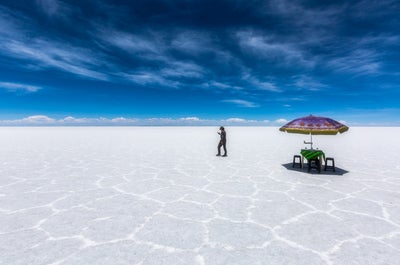
Day 6 - Ojo De Perdiz

Day 7 - Ojo De Perdiz – Laguna Colorada
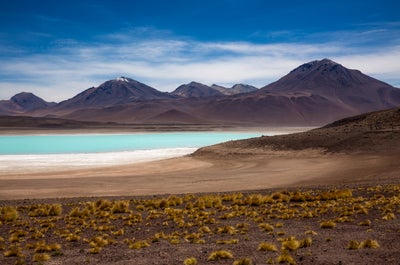
Day 8 - Ojo De Perdiz
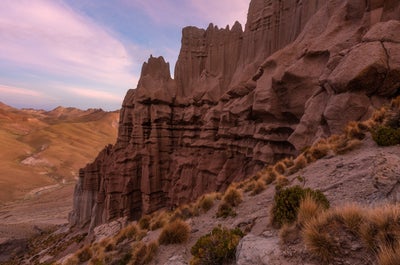
Day 9 - Quetena Chico to San Pablo De Lipez

Day 10 - San Pablo De Lipez – Tupiza
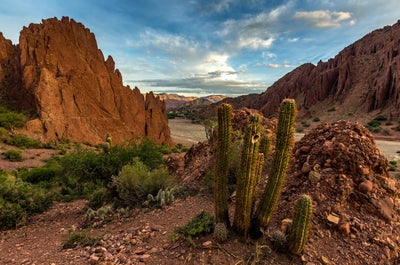
Day 11 - Tupiza – Cayara

Day 12 - Cayara – Sucre
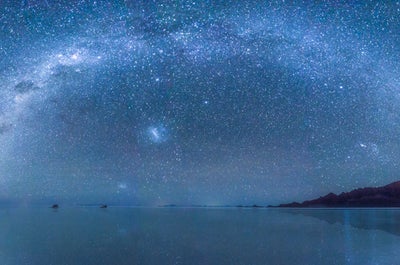
Day 13 - Departure day
Good to know
Please note that we will be travelling through Bolivia during the rainy season, so plans may need to be altered to accommodate for your travel safety and enjoyment.
Disclaimer
We highly recommend that you get a travel and medical insurance. Your own domestic medical insurance and private health scheme will not cover you whilst you are overseas.
The tour will always dependent on weather, as the weather can be highly unpredictable.
Departure Schedule
This tour is now Sold Out. New dates will be announced in our Newsletter.







